Kernel Smut Of Rice Crops: How To Treat Rice Kernel Smut
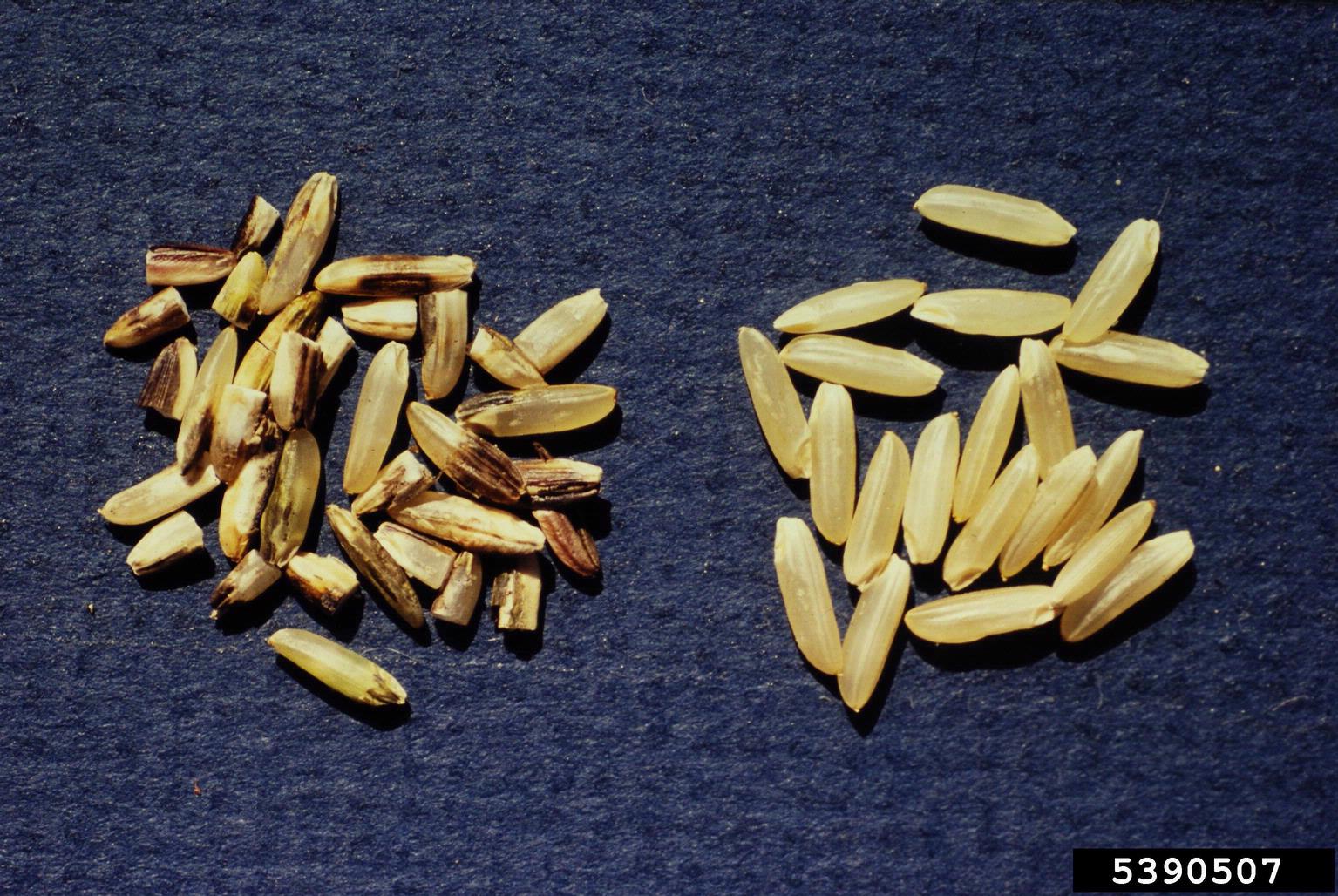

Whether growing a field of rice crops or just a few rice plants in the garden, you may at some point come across some kernel smut of rice. What is this and how can you alleviate the problem? Read on to learn more.
What is Rice Kernel Smut?
Perhaps, you’re asking what is rice kernel smut? The short answer is it’s a fungus carried by Chlamydospores that may linger and overwinter, waiting for spring rains to move it to a new home. That new home often includes panicles of long-grain rice growing in the field where the fungus exists.
Chlamydospores are the cause of rice with kernel smut. These settle into rice kernels as they reach maturity. Long grain rice varieties are most often bothered with kernel smut of rice during rainy and high humid growing seasons. Areas where rice is fed with nitrogen fertilizer experience the problem more readily.
Not all long-grain kernels on every panicle are infected. Completely smutted kernels are not common but are possible. When totally smutted kernels are harvested, you may notice a black cloud containing the spores. Infested lots of grain have a dull, grayish cast.
While this appears to be a common issue with rice crops, it is considered a minor disease of the crop. It is called serious, however, when Tilletia barclayana (Neovossia horrida) infects rice panicles, replacing grains with the black smut spores.
How to Treat Rice Kernel Smut
Preventing rice kernel smut may include planting short or medium-grain rice in areas prone to fungus development and avoiding the use of nitrogen fertilizer to increase crop yield. Treating infections is difficult, as the fungus is only visible following panicle maturity.
Learning how to treat rice kernel smut is not as effective as prevention. Practice good sanitation, plant disease-resistant (certified) seed, and limit nitrogen fertilizer to control a present fungus.
Gardening tips, videos, info and more delivered right to your inbox!
Sign up for the Gardening Know How newsletter today and receive a free copy of our e-book "How to Grow Delicious Tomatoes".

Becca Badgett was a regular contributor to Gardening Know How for ten years. Co-author of the book How to Grow an EMERGENCY Garden, Becca specializes in succulent and cactus gardening.
-
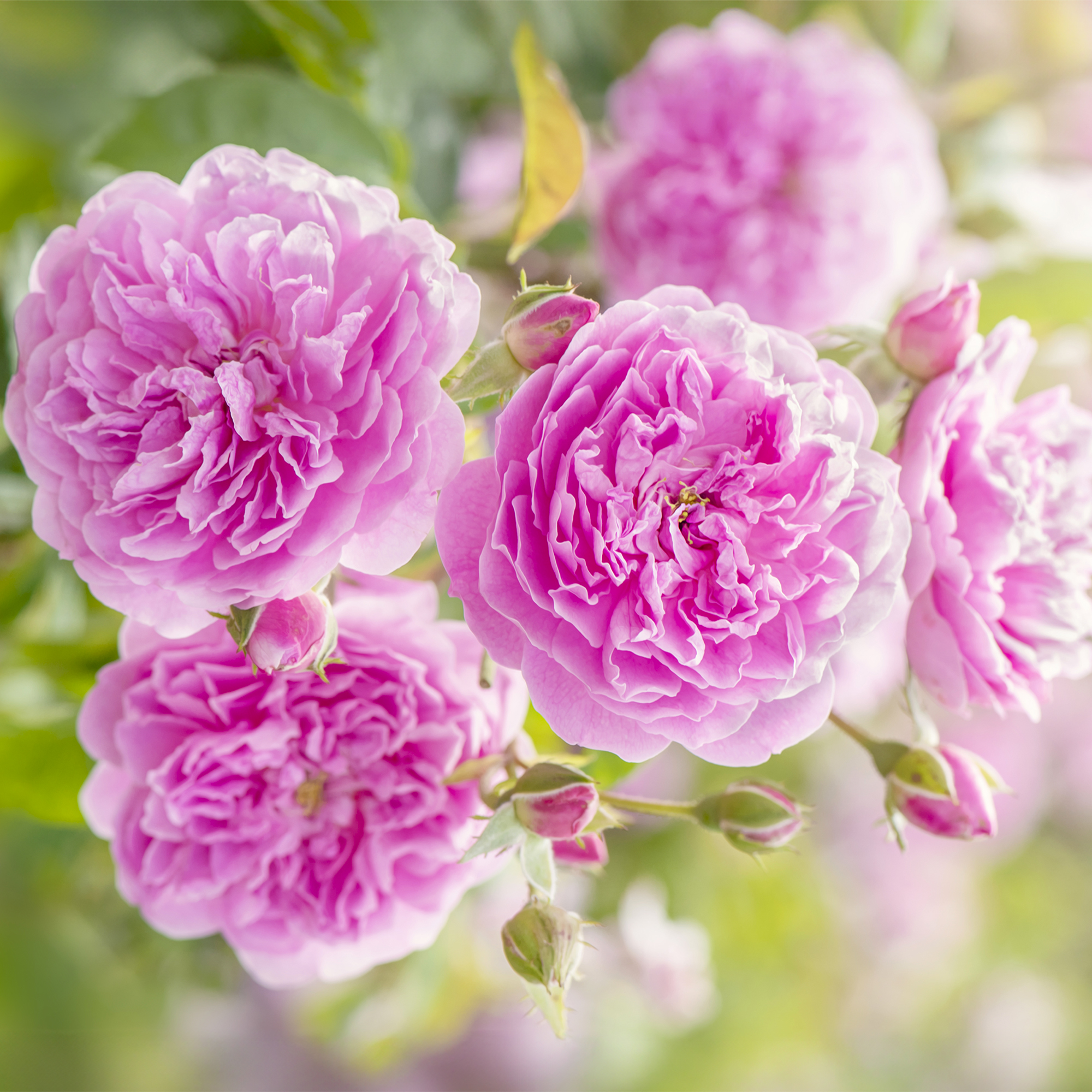 How Much Sun Do Roses Need To Grow? Understanding Rose Light Requirements
How Much Sun Do Roses Need To Grow? Understanding Rose Light RequirementsDiscover how much sunlight your roses really need to grow strong, bloom beautifully, and stay healthy all season long.
-
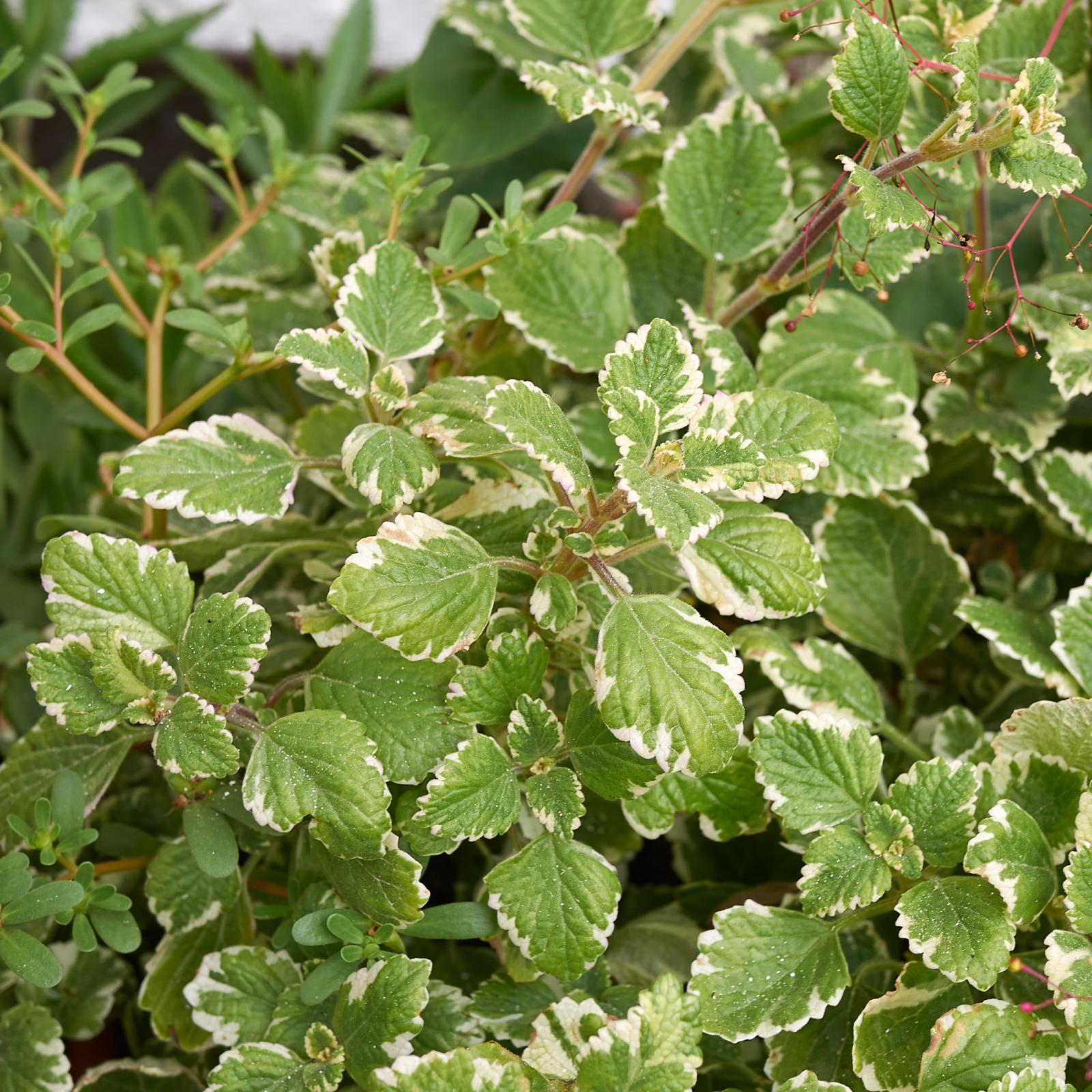 Which Ivy Is Best For A Garden? 7 Varieties Of Ivy To Grow (And 2 To Avoid)
Which Ivy Is Best For A Garden? 7 Varieties Of Ivy To Grow (And 2 To Avoid)Lots of varieties of ivy can complement your garden, provide groundcover, or create a private oasis, but which is best? Explore our top picks for beautiful ivy.
-
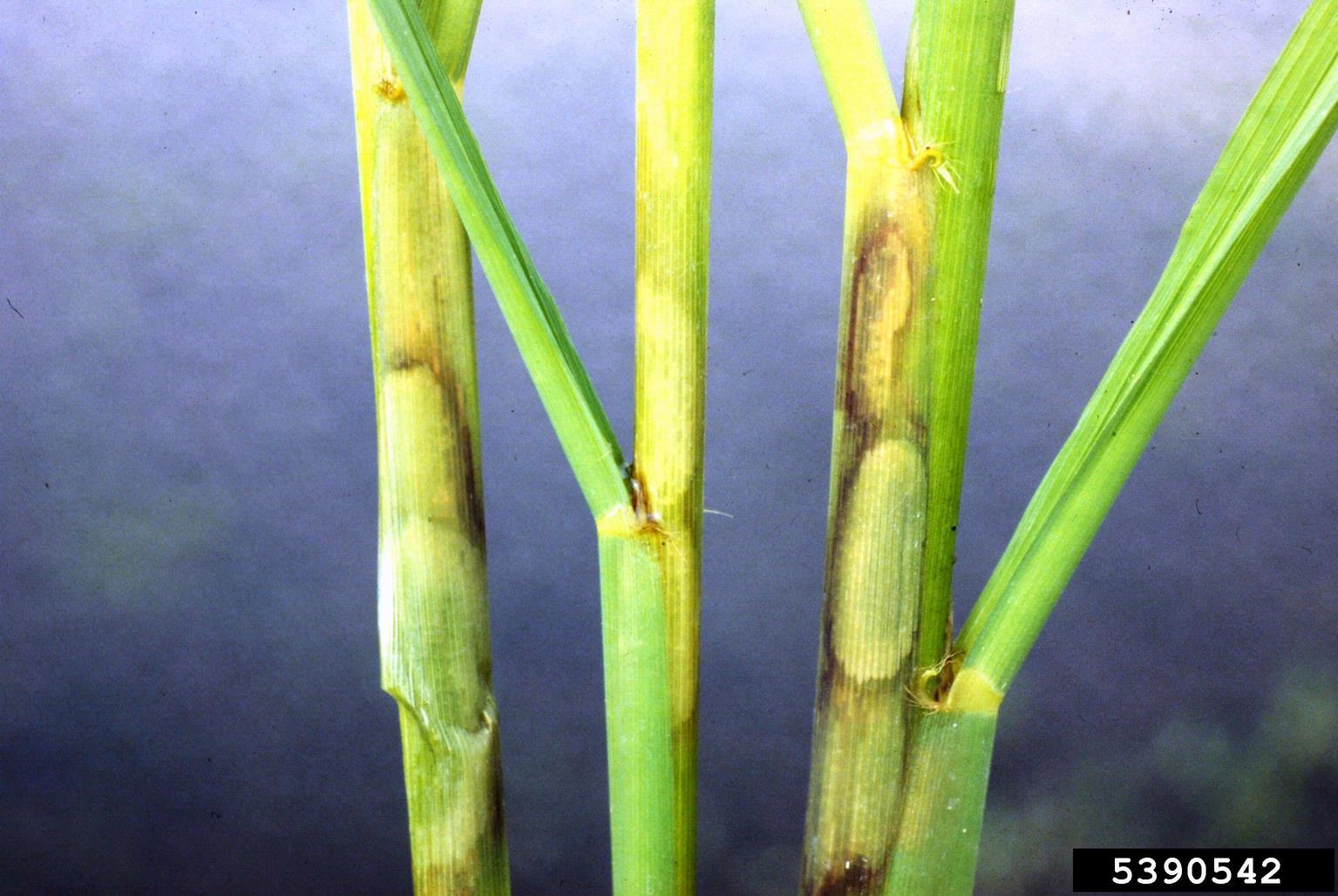 What Is Rice Sheath Blight: Treating Sheath Blight Of Rice
What Is Rice Sheath Blight: Treating Sheath Blight Of RiceAnyone who is growing rice needs to learn the basics about diseases that affect this grain. One particularly destructive disease is called rice sheath blight. What is rice sheath blight? What causes rice sheath blight? Click here to get answers to your questions.
-
What Is Rice Straighthead: Treating Rice With Straighthead Disease
In the United States, straighthead disease of rice has been a significant problem since rice crops were first grown in the early 1900s. It appears that although arsenic is partly to blame, there are other factors as well. Click here for more information.
-
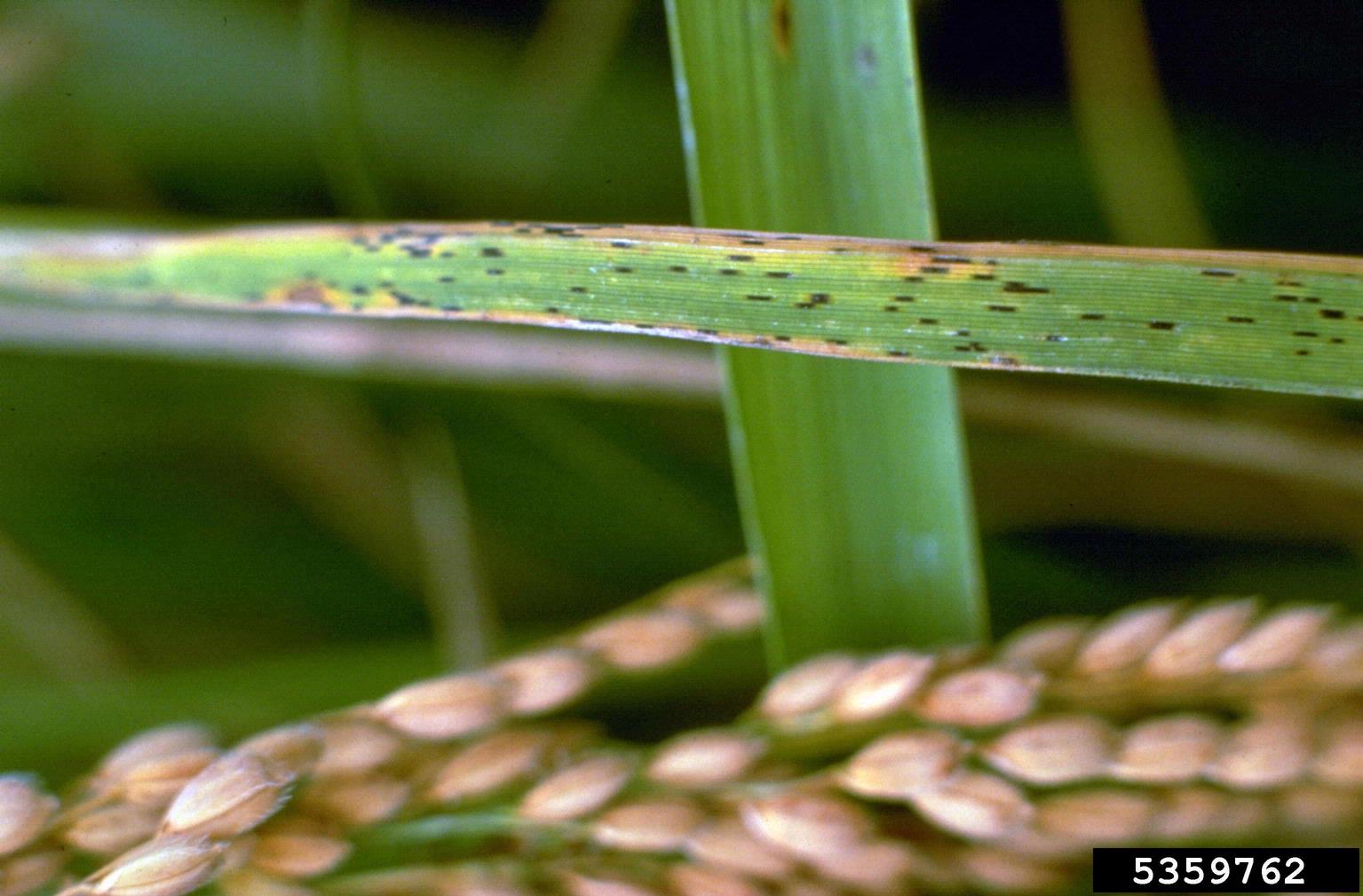 Rice Leaf Smut Info – How To Treat Leaf Smut Of Rice Crops
Rice Leaf Smut Info – How To Treat Leaf Smut Of Rice CropsRice may not be a typical backyard garden plant, but if you live somewhere soggy, it can be a great addition. Diseases can ransack your rice paddy, though, so be aware of signs of infections like leaf smut of rice and what to do to manage or treat it. Learn more here.
-
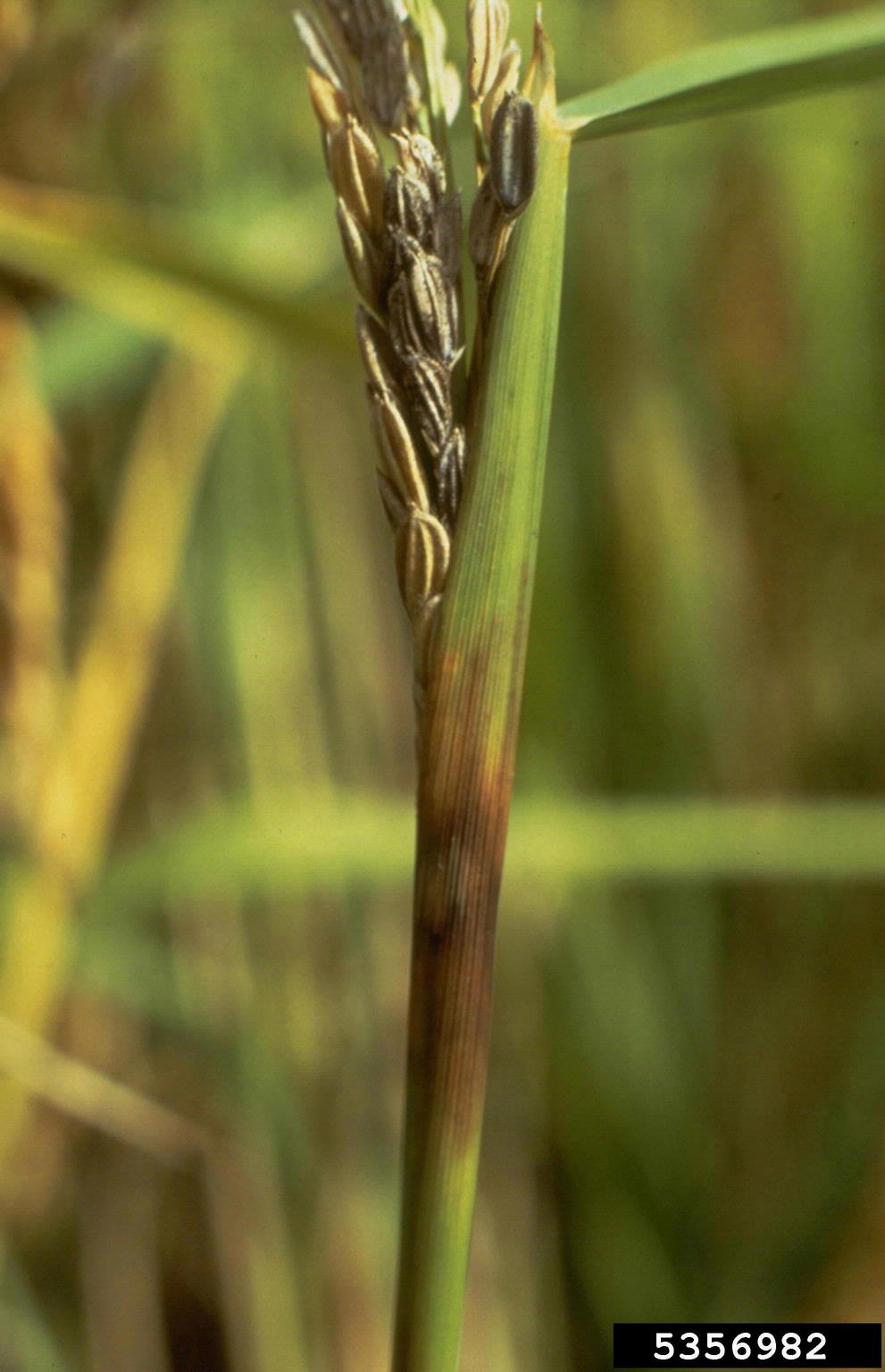 What Is Rice Sheath Rot: How To Recognize Rice Black Sheath Rot Symptoms
What Is Rice Sheath Rot: How To Recognize Rice Black Sheath Rot SymptomsRice is one of the most important crops in the world. So when rice has a disease, it is serious business. Such is the problem with sheath rot of rice. What is rice sheath rot? Click here for diagnostic information and advice on treating rice sheath rot in the garden.
-
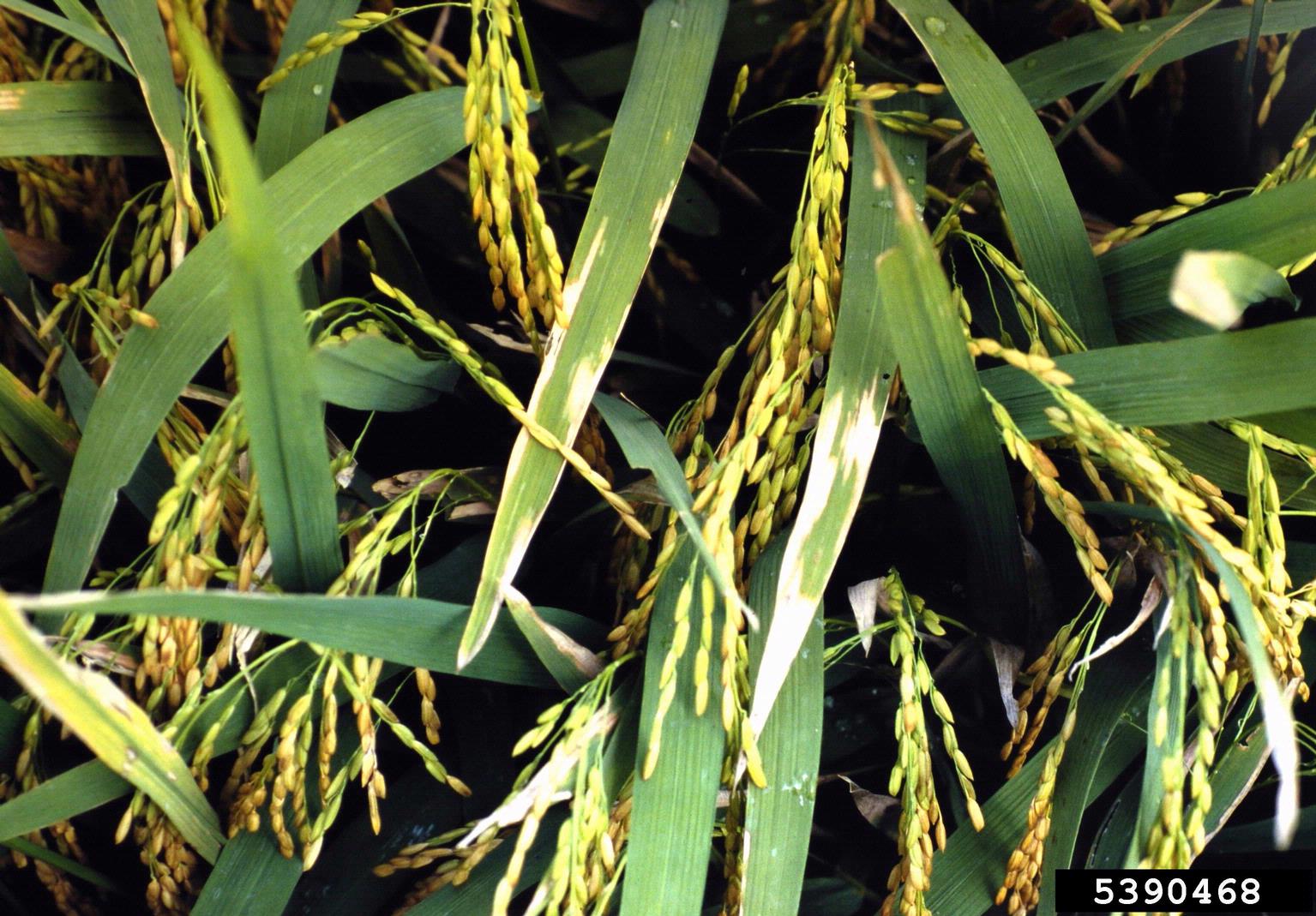 Rice Bacterial Leaf Blight Control: Treating Rice With Bacterial Leaf Blight Disease
Rice Bacterial Leaf Blight Control: Treating Rice With Bacterial Leaf Blight DiseaseBacterial leaf blight in rice is a serious disease that, at its peak, can cause losses of up to 75%. In order to effectively control rice with bacterial leaf blight, it is important to understand what it is, its symptoms, and the conditions that foster the disease. This article will help.
-
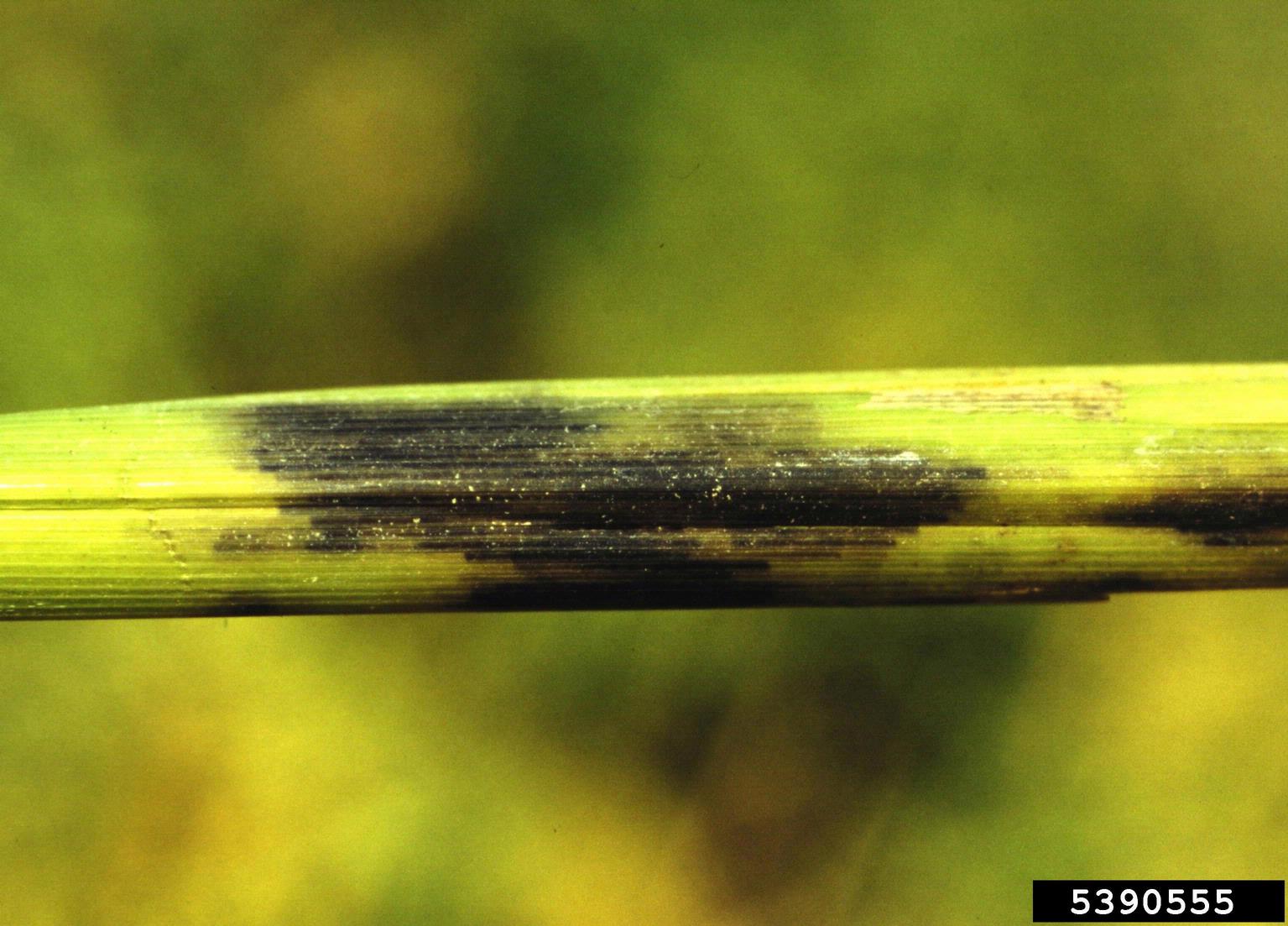 Rice Stem Rot Control – A Guide To Treating Rice Stem Rot Disease
Rice Stem Rot Control – A Guide To Treating Rice Stem Rot DiseaseAs yield losses continue to rise from stem rot in rice, new studies are being conducted to find effective methods of rice stem rot control and treatment. Click this article to learn what causes rice stem rot, as well as suggestions for treating rice stem rot in the garden.
-
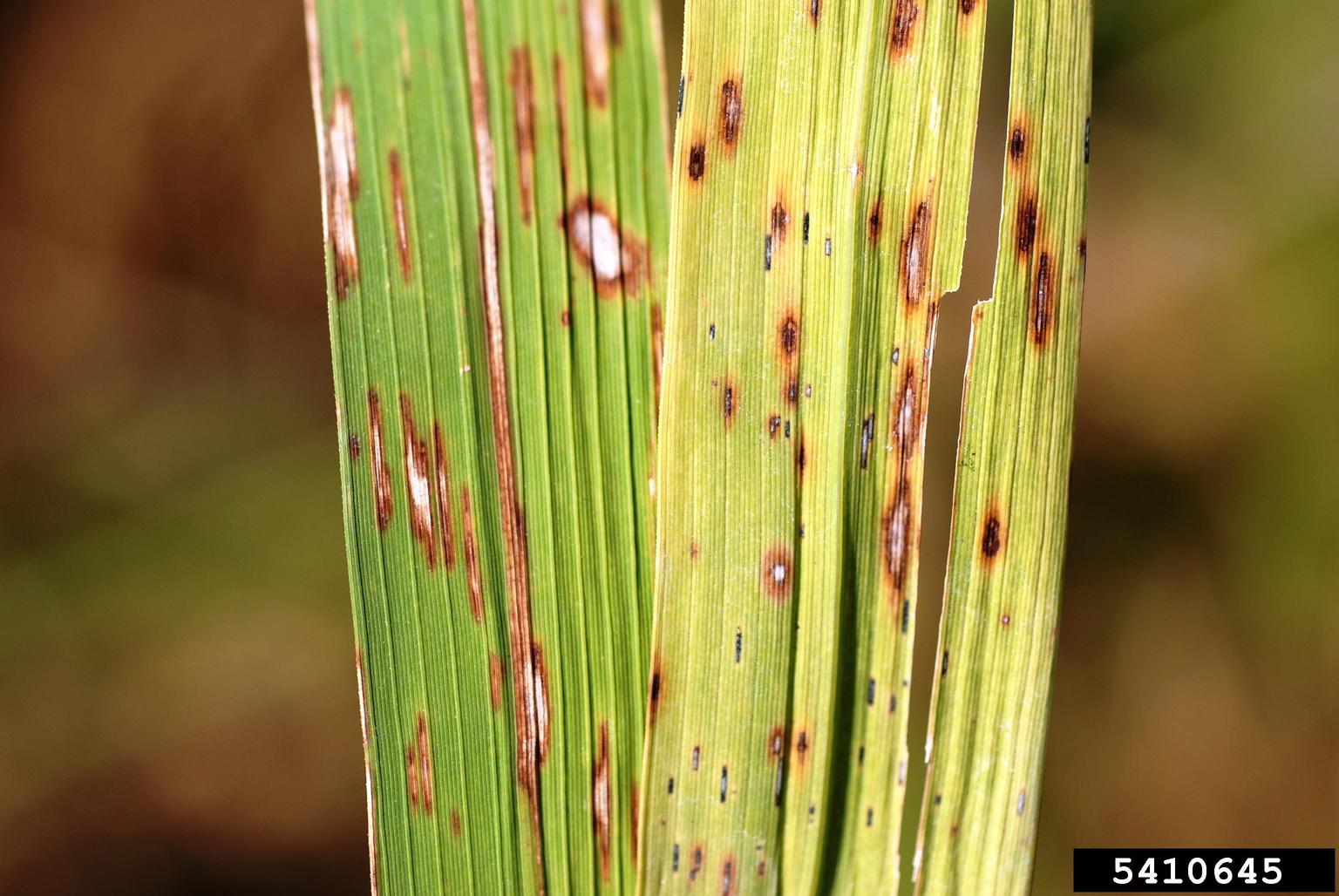 Rice Cercospora Disease – Treating Narrow Brown Leaf Spot Of Rice
Rice Cercospora Disease – Treating Narrow Brown Leaf Spot Of RiceRice can be grown successfully with careful planning and knowledge. However, many issues plague rice plants, leading to reduced yields, and even crop loss. One such disease, narrow brown leaf spot, remains troublesome for many growers. Click here to learn more.
-
 Signs Of Rice Blast Disease: Learn About Rice Blast Treatment
Signs Of Rice Blast Disease: Learn About Rice Blast TreatmentWho doesn’t like rice? It's easy and quick to prepare, it's delicious and nutritious, and it's inexpensive. However, a serious disease known as rice blast has caused devastating crop losses throughout North America and other rice-producing countries. Learn more here.